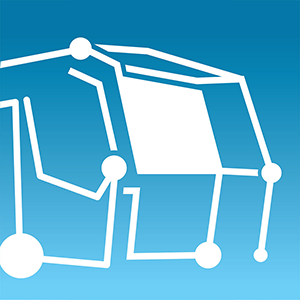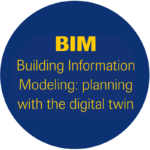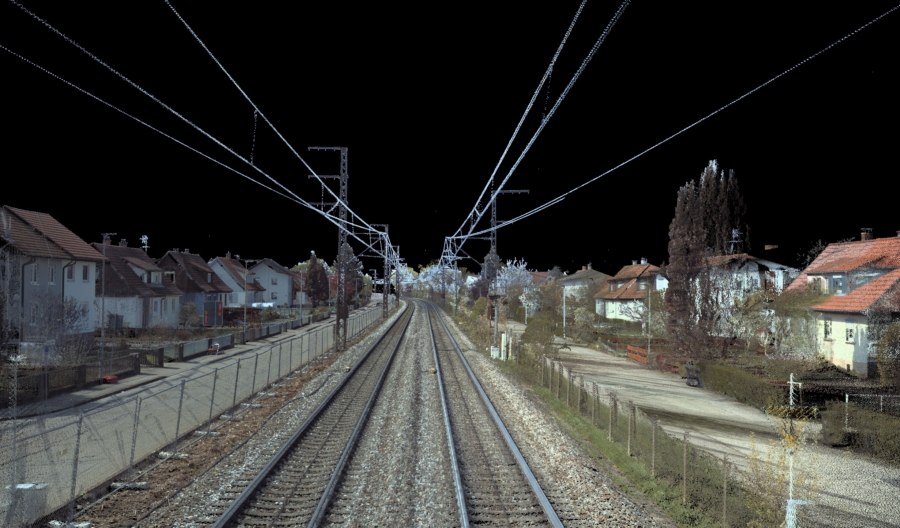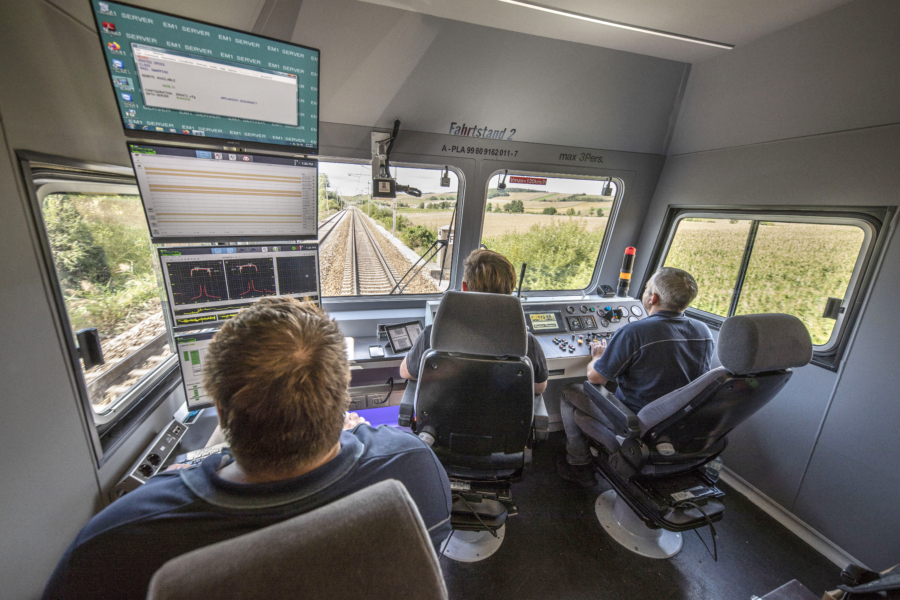
Track renewal or track laying is a major construction job with many steps. Using actual track renewal machines entails various preparations and follow-up work. The provision of new materials and the removal of old dismantled components must also be taken into account. To give you an overview, we present the most important preparatory and follow-up work here.

Planning – start well in advance
Preventive maintenance takes priority over corrective maintenance during track renewal work. A major advantage of preventive maintenance is that the measures can be easily planned while maintaining high availability of the railway line.
The planning of track renewal or laying projects begins at least two years in advance or even earlier, although this period can be significantly shorter for smaller projects. A decision must be made in advance as to whether the renewal machine is to be used with other maintenance or rehabilitation measures, such as formation rehabilitation or ballast cleaning.
Planning steps:
• Check the quality of the ballast bed/substructure
• Plan construction operations
• Machine deployment plan (no specification of the method, like in Germany, or with a technological specification, like in Austria)
”How long do I have before I have to take action?”
By combining the system and measuring data, correlations can be quickly recognized.
After receiving notifications from the track inspection vehicle, a decision is made as to whether complete rehabilitation or regular maintenance is necessary. This depends on the duration of the track geometry. An inspection is then carried out in good time to determine the maintenance measures with the project manager and railway planner.
The measures and line closures are agreed jointly with the project manager, planner, and the company. Then a report is drawn up.
Afterwards, the work is either put out for tender for an external company, or it is performed in-house. In some countries, there are also longer-term framework agreements with construction companies for the use of machines.

For the sake of economic efficiency, a holistic approach that takes all relevant factors and parameters into account is becoming more widely used.
Digital twins elevate the planning of railway lines to a completely new level. Thanks to their high absolute accuracy, it is possible to carry out all the planning without having to interfere in ongoing train operations. Thus, all planning can be carried out in front of the monitor.

The basis for this is high-resolution data on the individual permanent way components, i.e. precise and seamless recording of the track, ballast bed, substructure, and environmental parameters. Our multi-talented measuring masters, the EM100VT and EM120VT, can handle this task much faster at higher quality – without the need to set foot in the danger zone. The VT in the machine name stands for “virtual track”, but it supplies more than a 1-to-1 image of the track. The big difference compared to other track inspection vehicles: the cumulative data provides information immediately about where on the line which intervention has to take place.
Track measuring
During track renewal work, either the existing track geometry is retained or the new track is laid with a different alignment and level. The existing track geometry for controlling track maintenance machines can be determined manually or by machine, which offers significant advantages. The inertial measurement unit (IMU) on our track inspection vehicles automatically records and evaluates the most important track parameters. The non-contact track geometry measuring system records the actual track geometry by means of relative 3D space curves. As a result, deviations are immediately visible.